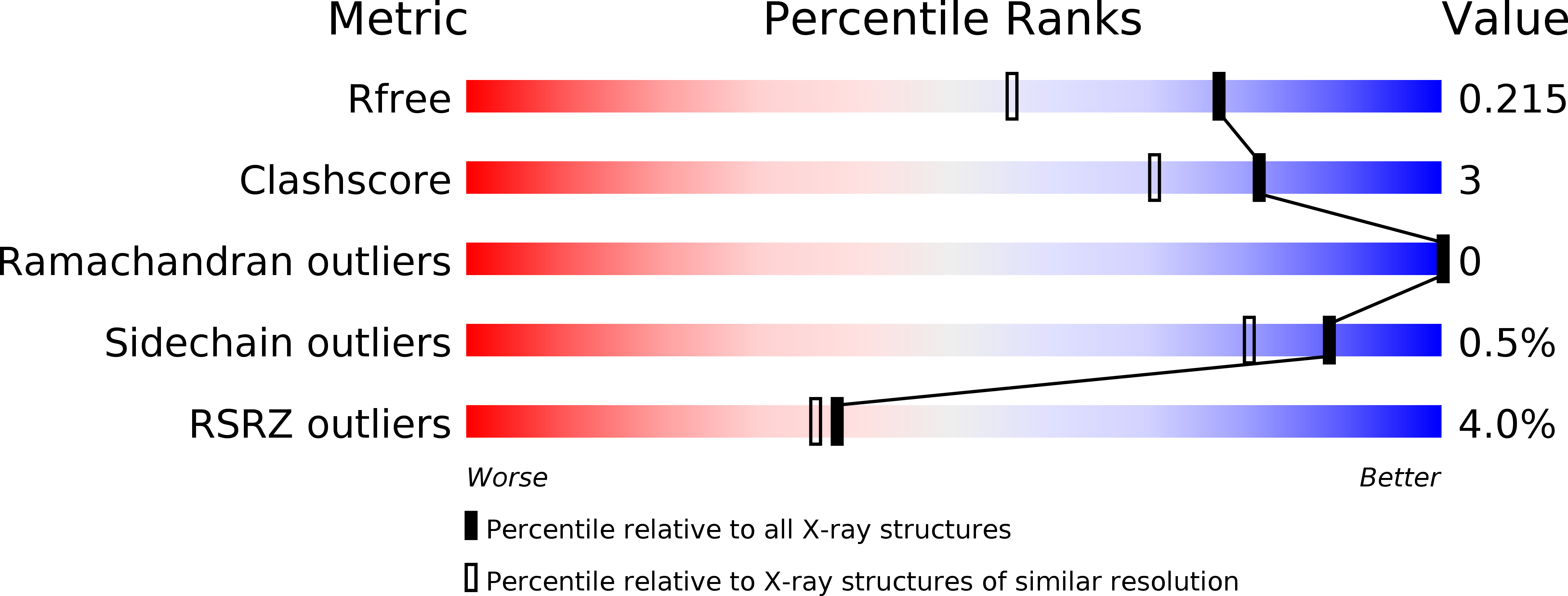
Deposition Date
2014-06-09
Release Date
2014-08-13
Last Version Date
2024-10-30
Entry Detail
Biological Source:
Source Organism:
Pseudomonas aeruginosa (Taxon ID: 208964)
Host Organism:
Method Details:
Experimental Method:
Resolution:
1.64 Å
R-Value Free:
0.21
R-Value Work:
0.18
R-Value Observed:
0.18
Space Group:
C 1 2 1


